Irish farmers, particularly those in the tillage sector, face a much tougher set of rules to qualify for payments in the next CAP under compromise proposals tabled in Brussels.
Negotiators reached agreement on the most contentious elements of the reform in the early hours of Friday morning, including a beefed-up cross compliance known as conditionality.
From 2023, there will be a host of new Good Agricultural and Environmental Conditions (GAECs) farmers must comply with to avoid falling foul of inspections.
New rules
The new rules relate to the protection of peatlands and wetlands, the establishment of buffer strips along watercourses, and crop rotation and non-productive set-aside areas for tillage farmers.
All farms with land along a watercourse will be expected to establish a buffer strip at least 3m wide under GAEC 4. There must be no fertilisers or pesticides applied to these areas.
Crop rotation
Under GAEC 8, tillage farmers will be expected to meet minimum crop rotation requirements.
A rotation will consist of a change of crop at least once a year at land parcel level except in the case of multiannual crops, grasses and other herbaceous forage and land lying fallow.
Member States may authorise other practices in place of crop rotation provided the action is aimed at improving and preserving soil potential.
Farms where over 75% of tillage land is used for the production of grass or leguminous crops or where over 75% of the eligible agricultural area is permanent grassland will be exempt from GAEC 8. Tillage farms less than 10ha in size are also exempt.
Member states will also have the option to introduce a maximum limit on the area covered with a single crop to prevent large monocultures.
Non-productive areas
GAEC 9 dictates that tillage farmers will have to set aside at least 4% of their farm as non-productive areas, which may include land lying fallow, or landscape features.
Farmers can use catch crops or nitrogen fixing crops to meet the requirement, but if they wish to do so, the minimum percentage will increase to 7% of which 3% must be non-productive.
The same exemptions that apply to the crop rotation requirement will also apply to GAEC 9.
Peatland protection
On GAEC 2, which relates to the protection of peatlands and wetlands, a compromise which allays farmers fears that land could be deemed ineligible for payment has been found.
Member states must establish a set of standards to protect carbon rich soils, but, in doing so, must ensure that agricultural activity can continue to take place on them.




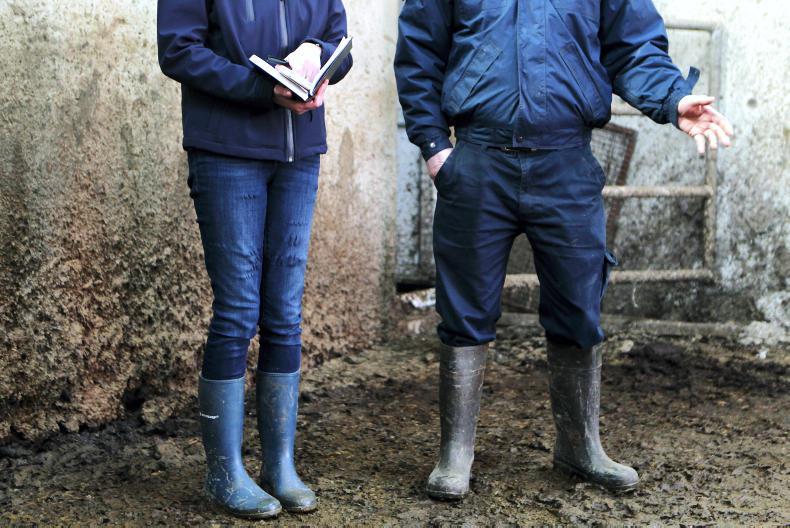
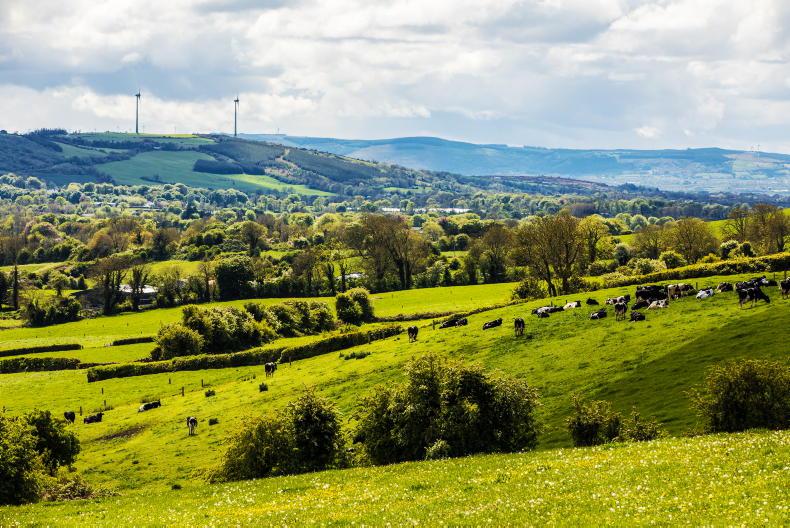
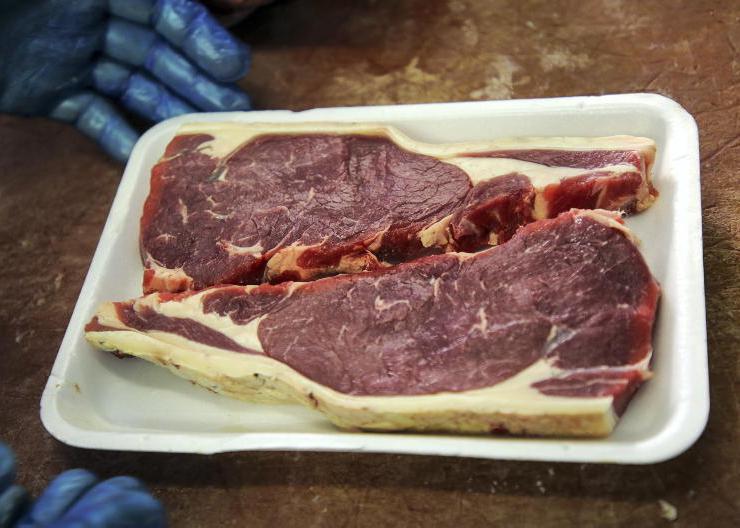
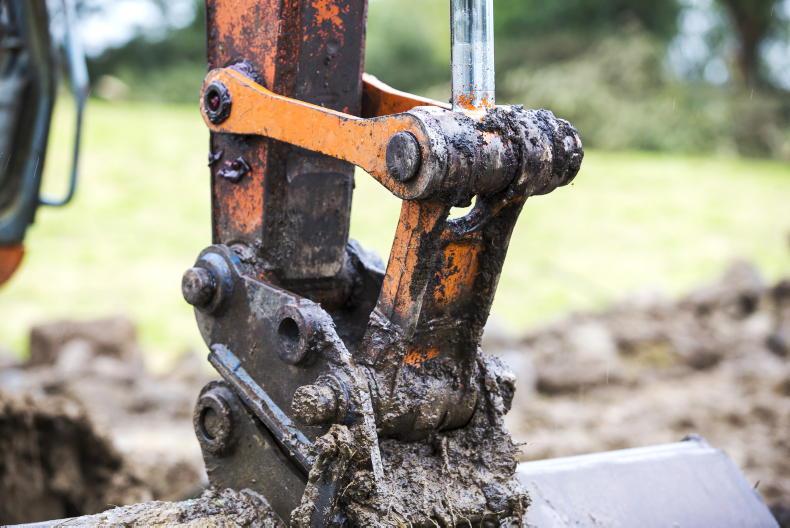
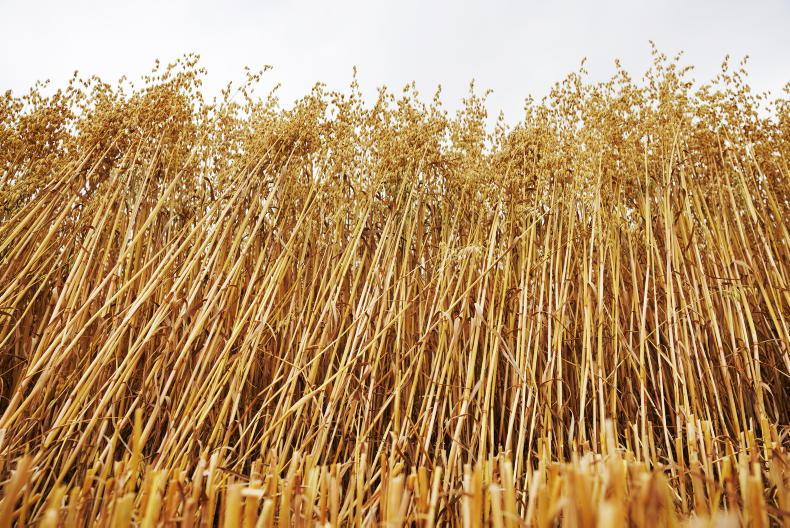
SHARING OPTIONS